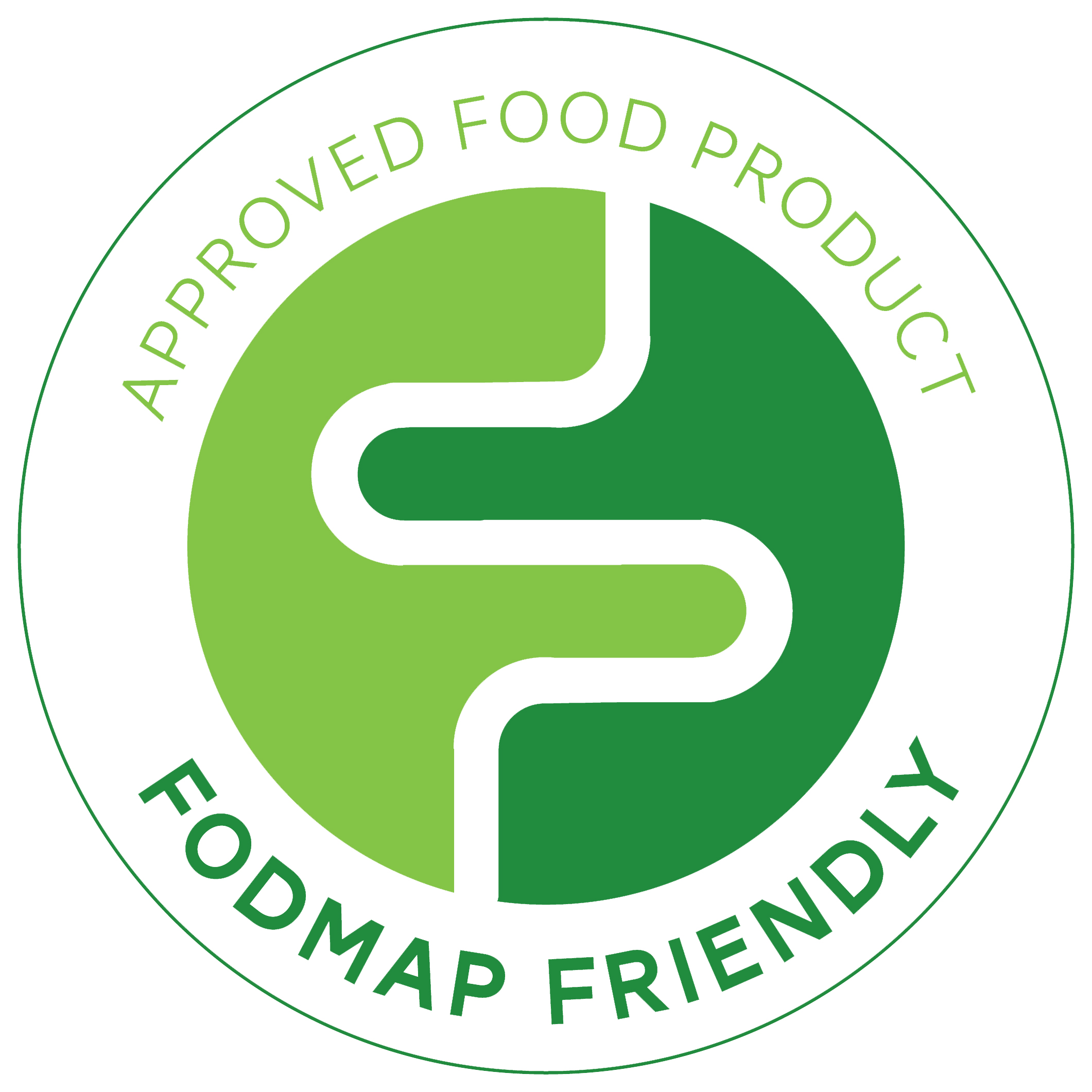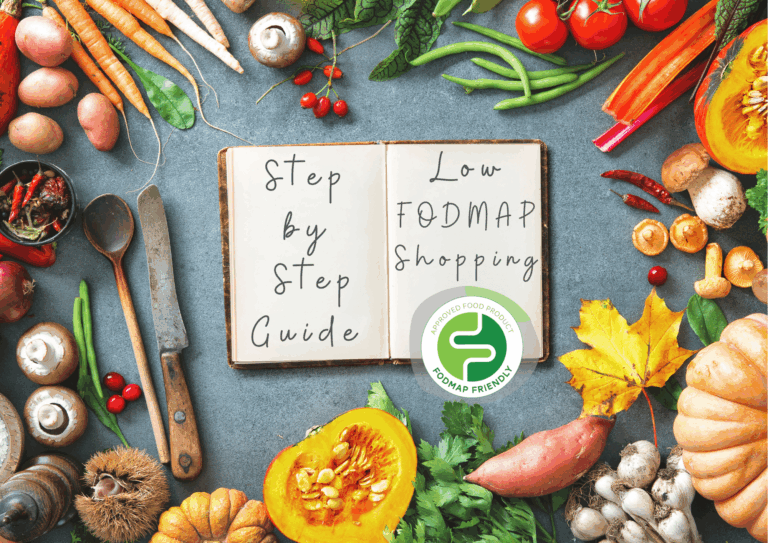Pick The Polyols: A Label Reading Guide For Beginners
This blog is a practical guide on how to pick the polyols from an ingredients list. 
Before we begin, make sure you’re up to date on Week 4’s topic of polyols by heading over to our earlier blog post on what polyols are, and how they affect our gut here!
Food manufacturers can list polyols in their ingredients list by name, or by their E-number.
For example, sorbitol can be seen as:
- Sorbitol
- Sorbitol 420
- 420
- E420
- Sweetener (420)
Can You Pick The Polyols?
The following ingredients list is of a sugar free chewing gum that you may find at your local supermarket. Test you knowledge and see if you can pick out the polyols listed in this ingredients list! This one’s an easy one!
How Did You Go?
The polyols in this ingredients list were pretty easy to spot! The sugar substitutes used in this chewing gum were listed in brackets: sorbitol, maltitol and isomalt. The other polyol listed further down the list is sweetener: xylitol. As the polyols in this ingredients list are the main ingredients of this food product, consumption may trigger your IBS symptoms.
Ingredients lists are ordered from largest quantities to smallest quantities. You may find that if the polyol listed at the very end of the ingredients list, it may not trigger IBS symptoms as it implies it was used in small quantities. However, to be 100% sure, look for the FODMAP Friendly logo shown below, to ensure that you can eat with confidence on a low FODMAP diet.
Have Another Go!
Below is the ingredients list for sugar free pastilles that you may find at your local supermarket. Can you spot the polyols in this ingredients list?
Any Luck?
The two polyols in this ingredients list are sorbitol and mannitol.
Did you double check the code for sweetener (951)?
Sweetener 951 is the code used for aspartame, another popular sugar sweetener used in place of sugar in sugar-free products like pastilles. However, aspartame is not a polyol, and therefore is not a triggering ingredient in this ingredients list.
For a list of sweeteners: this is a helpful link in checking what the codes in ingredients lists stand for: https://www.foodstandards.gov.au/consumer/labelling/Documents/Food%20additives%20-%20numerical%20June%202016.pdf
We now know that polyols can trigger our IBS symptoms through their ability to ferment in our large intestine and increase luminal water. Understanding how to spot polyols in food products when we are shopping can help take the confusion out of what we can and cannot eat on the low FODMAP diet.
Some FODMAP Friendly Certified Products Low in Polyols Are:
Buy here: https://kezs.com.au/shop/kezs-taking-caf-home-gluten-free-florentines
These Almond Florentines contain sultanas and cherries, both of which are classified to be high in sorbitol (in a 40g serve). Now you can enjoy these as an ingredient in Kez’s Kitchen’s Almond Florentines, as they have tested and certified FODMAP Friendly, therefore they are appropriate for those following a low FODMAP diet.
Buy here: https://www.nepbio.com/collections/our-brand/products/sweet-gentle
NBI have a variety of sugar substitutes that are certified by FODMAP Friendly. Having certified sweeteners takes the guessing out of picking polyols!
Buy here: https://fodmapfriendly.com/product/nourished-by-carms-original-fruit-free-gluten-free/
Granolas can often have sneaky polyol containing ingredients like apple, coconut and apricot. Nourished by Carms has a delicious fruit free and gluten free granola so you can enjoy your breakfasts with confidence!
Try This Recipe For FODMAP Friendly Homemade Vanilla Berry Bliss Balls!
Makes: 8 Bliss Balls
Ingredients:
- 150g walnuts
- 1 cup (110g) oats
- 1 tbs of rice malt syrup
- 1 tsp of ground cinnamon
- 1 tsp vanilla bean paste
- 45g raspberries
- 2 tbs sesame seeds
Method:
- Process walnuts and oats in a food processor until very finely chopped.
- Add rice malt syrup, vanilla bean paste, cinnamon and raspberries into food processor and process until almost smooth and well combined.
- Using hands, mould smooth mixture into round ball shapes.
- Place sesame seeds on a flat surface (like a plate). Roll balls in sesame seeds until evenly coated.
- Place on a lined tray and store in the fridge for 1 hour until set.
This recipe was adapted from Taste.com’s Apricot-Sesame Spice Bliss Balls to Create FODMAP Friendly’s low FODMAP Version. It is easy to adapt recipes by swapping high FODMAP ingredients for low FODMAP alternatives.
And That’s A Wrap!
Hopefully this month’s blog posts have given you some insight into what each letter of FODMAP stands for, and some practical ways of finding FODMAPs in ingredients lists.
We hope you enjoyed learning about each FODMAP group this IBS Awareness month. For more from FODMAP Friendly, subscribe to our newsletter to stay up to date with the latest in the FODMAP-sphere!
Eat with Confidence!












